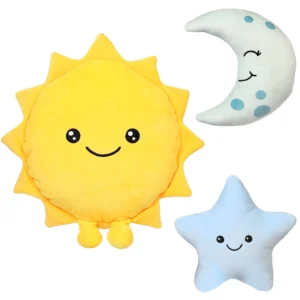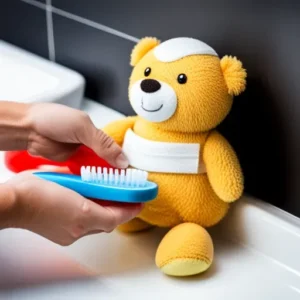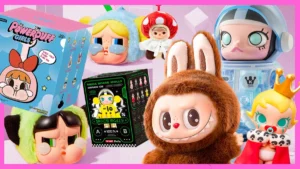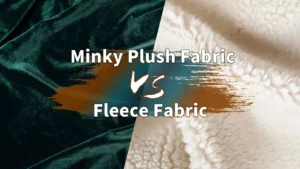Stuffed toys are more than just cuddly companions—they are cherished friends, comforters, and sometimes even family heirlooms. But with constant hugs, playtime, and occasional messes, keeping these plush pals clean and fresh can feel like a daunting task. How do you wash stuffed toys without damaging their softness or sentimental value?
In short, washing stuffed toys safely involves choosing the right cleaning method based on the toy’s material, preparing it properly, using gentle and safe detergents, and drying them carefully to avoid mold or damage. Proper cleaning extends their life and keeps them hygienic for years of enjoyment.
Imagine a child clutching a beloved teddy bear passed down from generations, its fur worn but still soft and comforting. That story of care and longevity starts with knowing exactly how to wash stuffed toys the right way. Let’s dive deep into this complete guide to keep your plush toys fresh and safe!
1. What Are the Best Methods to Wash Stuffed Toys Safely?
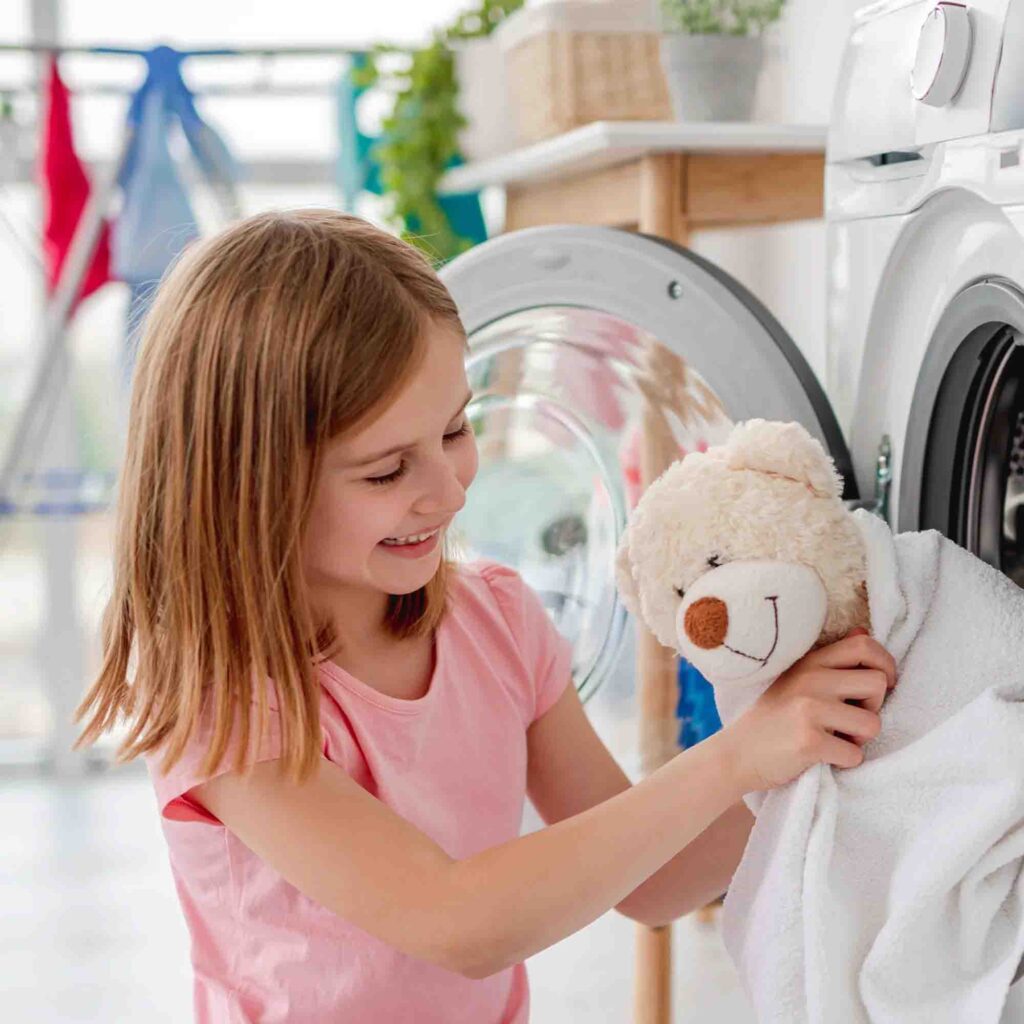
The best washing methods depend on the toy’s fabric and construction: hand washing is gentle, machine washing works for sturdier toys, and surface cleaning suits delicate or electronic plushies.
- Hand Washing: Ideal for delicate fabrics or toys with glued parts. Use lukewarm water and mild detergent. Gently squeeze, don’t wring, to preserve shape. This method reduces the risk of damaging seams or colors.
- Machine Washing: Suitable for sturdy, well-constructed toys with no electronics. Use a gentle cycle with cold water, placing the toy inside a mesh laundry bag or pillowcase. Choose mild detergents and avoid bleach.
- Surface Cleaning: Perfect for vintage or electronic toys. Spot clean with a damp cloth, mild soap, or specialized upholstery cleaners. This preserves the toy’s integrity while removing dirt and odors.
- Dry Cleaning: Rarely used but possible for very fragile or valuable stuffed toys where water damage is a concern. Always consult a professional.
- Consider Material Type: Plush toys made of polyester or cotton blends often tolerate machine washing better, while those with wool, velour, or specialty fabrics need gentler care.
- Frequency of Washing: Overwashing can damage stuffing and fabric, so clean only when visibly dirty or annually for hygiene.
| Washing Method | Suitable For | Key Tips | Notes |
|---|---|---|---|
| Hand Washing | Delicate fabrics, glued parts | Use lukewarm water and mild detergent; gently squeeze, don’t wring | Prevents seam/color damage |
| Machine Washing | Sturdy, well-constructed toys without electronics | Use gentle cycle, cold water; place in mesh laundry bag; mild detergent; avoid bleach | Best for polyester/cotton blends |
| Surface Cleaning | Vintage or electronic toys | Spot clean with damp cloth, mild soap, or upholstery cleaner | Preserves toy integrity |
| Dry Cleaning | Very fragile or valuable toys | Consult a professional | Avoids water damage |
| Material Type | Polyester/cotton better for machine wash; wool, velour need gentle care | Select washing method based on fabric | Protects fabric and stuffing |
| Washing Frequency | All toys | Wash only when visibly dirty or once a year | Overwashing damages stuffing and fabric |
2. How Do You Prepare Stuffed Toys for Washing?
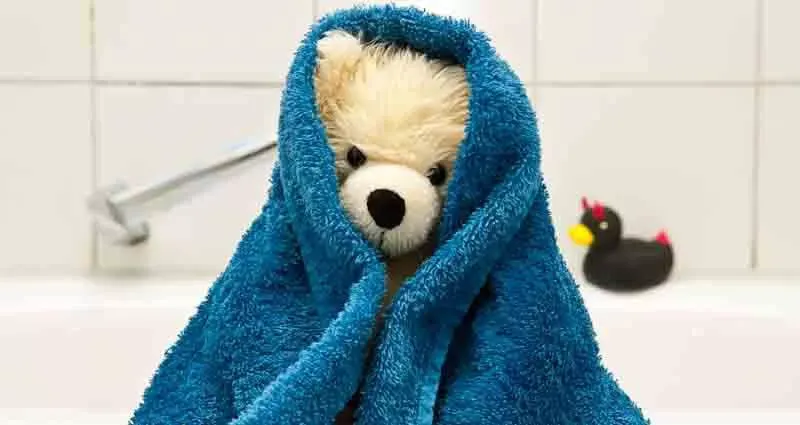
Preparing stuffed toys involves inspecting for damage, removing accessories, and checking care labels to ensure safe washing.
- Inspection: Examine the toy for loose seams, tears, or broken parts. Repair any damages to prevent further tearing during washing.
- Remove Accessories: Detach removable clothing, ribbons, buttons, or batteries. Small parts can get lost or damaged.
- Check Care Labels: Labels often provide manufacturer instructions on washing methods, water temperature, and drying advice.
- Pre-Treat Stains: Spot clean stains with gentle stain removers or diluted detergent before full washing.
- Test Colorfastness: Dab a hidden area with water to check if colors bleed, especially in older or brightly dyed toys.
- Secure Fragile Parts: Use laundry bags or pillowcases to contain the toy in the machine wash, preventing damage.
| Preparation Step | Description | Purpose/Benefit |
|---|---|---|
| Inspection | Check for loose seams, tears, or broken parts; repair if needed | Prevents further damage during washing |
| Remove Accessories | Detach removable clothes, ribbons, buttons, batteries | Avoids loss or damage to small parts |
| Check Care Labels | Read manufacturer instructions on washing and drying | Ensures safe and proper cleaning methods |
| Pre-Treat Stains | Spot clean stains with gentle stain remover or diluted detergent | Improves cleaning effectiveness |
| Test Colorfastness | Dab hidden area with water to see if colors bleed | Prevents color transfer and fading |
| Secure Fragile Parts | Use laundry bags or pillowcases during machine wash | Protects delicate parts from damage |
3. Which Cleaning Products Are Safe and Effective for Stuffed Toys?
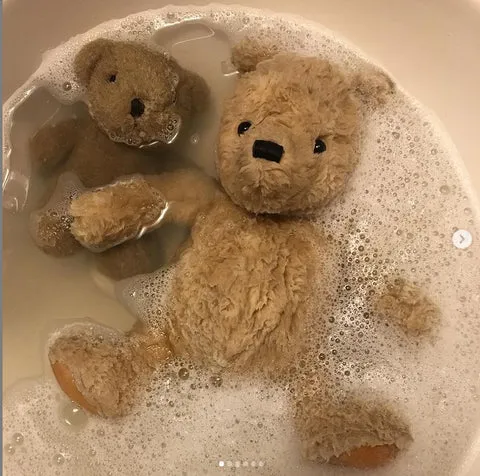
Mild detergents, natural soaps, and hypoallergenic cleansers are best for maintaining softness and avoiding skin irritation.
- Mild Liquid Detergents: Choose free of dyes, perfumes, and harsh chemicals to protect fabric fibers and skin.
- Natural Soap Alternatives: Castile soap or baby shampoos offer gentle cleaning without residues.
- Avoid Bleach & Fabric Softeners: These can degrade fabric quality and cause irritation.
- Eco-Friendly Options: Plant-based detergents reduce environmental impact and are safer for sensitive users.
- Sanitizing Sprays: Useful for quick odor control but not as replacements for washing.
- DIY Solutions: Mixtures of vinegar and water or baking soda can deodorize and clean lightly soiled toys safely.
| Cleaning Product | Description | Benefits/Notes |
|---|---|---|
| Mild Liquid Detergents | Free of dyes, perfumes, harsh chemicals | Protects fabric fibers and sensitive skin |
| Natural Soap Alternatives | Castile soap, baby shampoo | Gentle cleaning without residue |
| Avoid Bleach & Softeners | Bleach and fabric softeners | Can degrade fabric quality and cause irritation |
| Eco-Friendly Options | Plant-based detergents | Environmentally friendly and safer for users |
| Sanitizing Sprays | Used for quick odor control | Not a substitute for thorough washing |
| DIY Solutions | Vinegar-water mix, baking soda | Deodorizes and cleans lightly soiled toys safely |
4. Is It Safe to Machine Wash All Stuffed Toys?
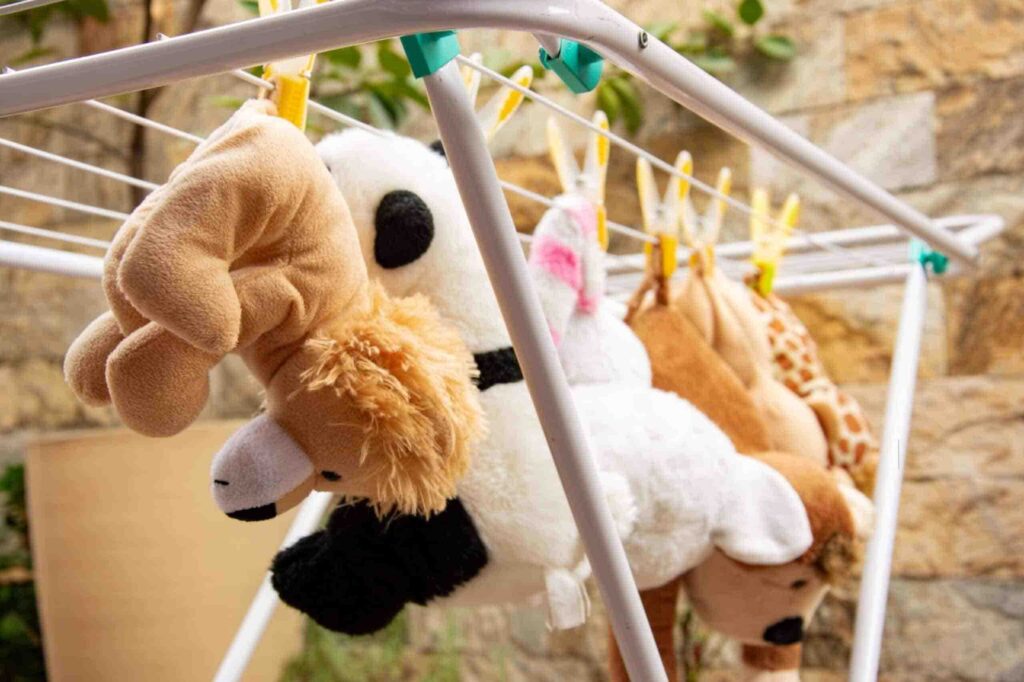
Not all stuffed toys are machine washable; safety depends on materials, construction, and presence of electronics.
- Materials: Polyester and cotton blends usually tolerate machine washing. Wool, silk, and specialty fabrics do not.
- Construction: Sturdy stitching, no glued-on parts, and absence of delicate decorations are prerequisites.
- Electronics: Toys with batteries, sounds, or lights must never go in the washing machine.
- Age of Toy: Vintage or fragile toys can lose stuffing or shape if machine washed.
- Manufacturer Instructions: Always follow label recommendations.
- Machine Settings: Use cold water, gentle cycle, and avoid spinning too fast to reduce wear.
| Factor | Details | Recommendations |
|---|---|---|
| Materials | Polyester and cotton blends tolerate machine washing; wool, silk, specialty fabrics do not | Avoid machine wash for delicate fabrics |
| Construction | Requires sturdy stitching, no glued parts, no delicate decorations | Check toy integrity before machine washing |
| Electronics | Toys with batteries, sounds, or lights must not be machine washed | Remove or avoid washing electronic toys |
| Age of Toy | Vintage or fragile toys risk losing stuffing or shape | Prefer surface cleaning or hand wash |
| Manufacturer Instructions | Follow care labels carefully | Adhere strictly to manufacturer guidance |
| Machine Settings | Use cold water, gentle cycle, low spin speed | Protect toy from excessive wear and damage |
5. How Should You Dry Stuffed Toys After Washing?
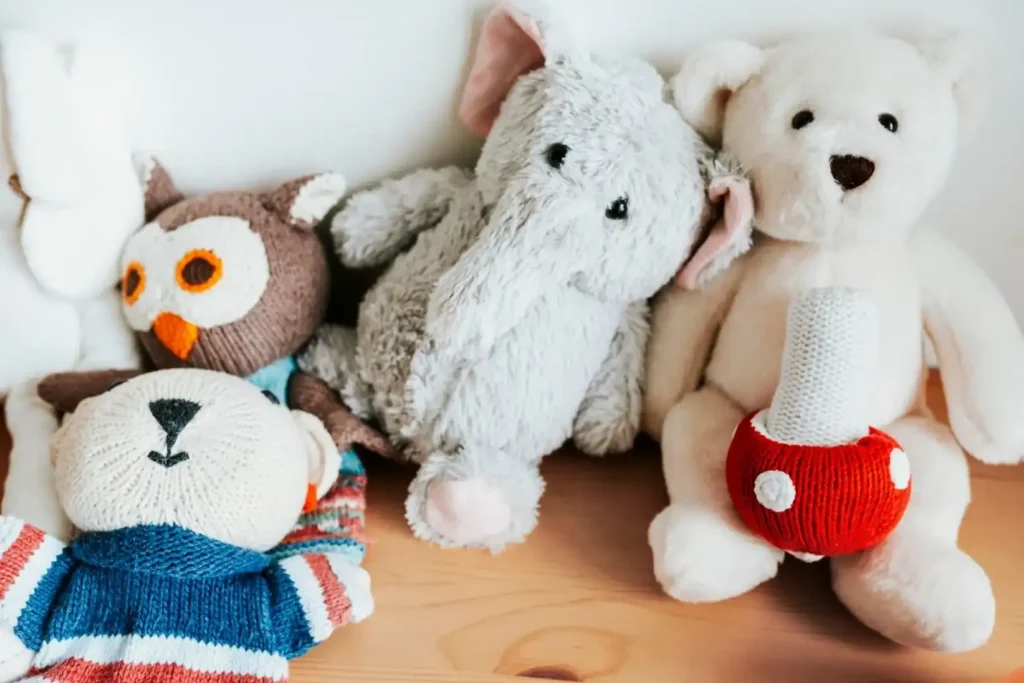
Proper drying prevents mold, odor, and deformation. Air drying is safest; dryers require caution.
- Air Drying: Lay toys flat on a towel in a well-ventilated area. Reshape while damp to retain form.
- Sunlight Exposure: Mild sunlight disinfects but avoid prolonged exposure to prevent fading.
- Tumble Drying: Use low heat or air fluff settings only for sturdy toys. Adding dryer balls can speed drying and fluff stuffing.
- Avoid High Heat: Can melt fibers or damage glue.
- Use of Fans or Dehumidifiers: Accelerates drying in humid climates.
- Check Fully Dry: Incomplete drying leads to mildew and odors.
| Drying Method | Description | Tips/Precautions |
|---|---|---|
| Air Drying | Lay flat on towel in ventilated area; reshape while damp | Safest method; helps maintain toy shape |
| Sunlight Exposure | Mild sunlight disinfects | Avoid prolonged exposure to prevent fading |
| Tumble Drying | Use low heat or air fluff; add dryer balls | Suitable for sturdy toys only |
| Avoid High Heat | High heat can melt fibers or damage glue | Protects fabric integrity |
| Fans or Dehumidifiers | Speeds drying in humid conditions | Helps prevent mildew and odors |
| Check Fully Dry | Ensure toy is completely dry | Prevents mold growth and unpleasant smells |
6. Are There Special Tips for Washing Vintage or Electronic Stuffed Toys?
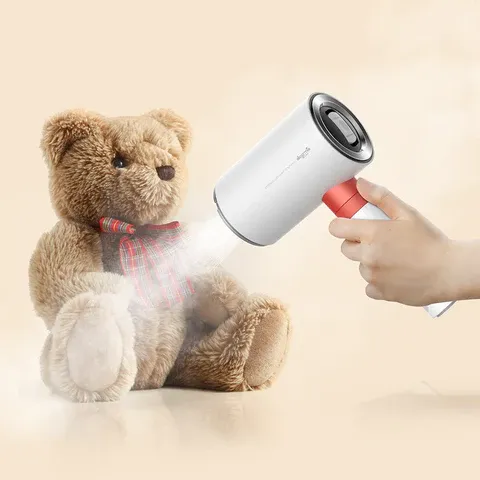
Vintage and electronic toys require special care to avoid damage and preserve value.
- Vintage Toys: Often have fragile fabrics and non-washable stuffing. Opt for surface cleaning or professional restoration. Avoid water saturation.
- Electronic Toys: Remove batteries. Clean surfaces with damp cloths and mild cleaners. Use compressed air to clean electronics. Avoid water immersion.
- Preserve Sentimental Value: Document before and after care. Use archival storage to protect after cleaning.
- Repairs: Consult specialists for delicate restoration rather than home washing.
| Toy Type | Care Tips | Recommendations |
|---|---|---|
| Vintage Toys | Fragile fabrics, non-washable stuffing | Use surface cleaning or professional restoration; avoid water saturation |
| Electronic Toys | Remove batteries; clean surfaces with damp cloth and mild cleaners; use compressed air for electronics | Never immerse in water to prevent damage |
| Preserve Sentimental Value | Document before/after care; use archival storage | Helps maintain condition and historical value |
| Repairs | Consult specialists for delicate restoration | Avoid home washing that may cause damage |
Conclusion
Keeping stuffed toys clean and fresh doesn’t have to be a headache. With the right preparation, cleaning methods, and drying techniques, your plush friends can stay soft, safe, and lovable for years. Whether it’s a child’s favorite teddy or a collectible plush, treating them with care makes all the difference.
If you’re looking for custom, high-quality stuffed toys made with eco-friendly materials and designed for durability and style, Kinwin is your trusted partner. Reach out today for personalized inquiries and product customization tailored to your needs!




